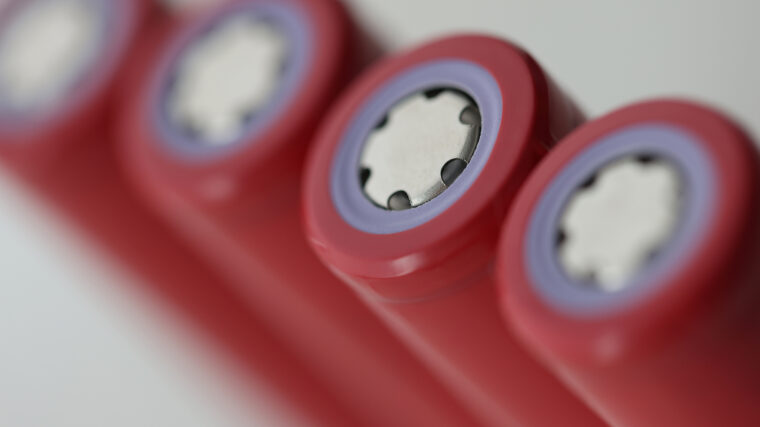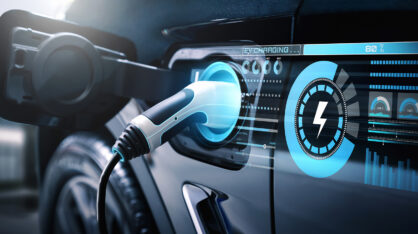The Pros of a Micro-Grid and Battery Storage System
One of the main advantages of a micro-grid with battery storage is its distributed energy generation, which can be very useful in areas that experience extreme weather or natural disasters that can disrupt transmission lines. In the event of a tornado or hurricane, a micro-grid can be powered by local sources, such as fuel-fired generators, that do not depend on transmission lines to deliver electricity. Another great advantage of these systems is energy efficiency. Since they are powered by local sources, they reduce the amount of energy lost in transmission. That means more energy for investments made. Additionally, because micro-grids use a variety of energy sources such as solar, wind, hydro and natural gas, they can increase the grid resiliency by avoiding over-reliance on any one source. If a particular renewable source is not producing due to limited sunlight or calm winds, for example, the micro-grid can use its other sources of power to continue to provide electricity. One of the main advantages of a micro-grid with battery storage is its distributed energy generation, which can be very useful in areas that experience extreme weather or natural disasters that can disrupt transmission lines. In the event of a tornado or hurricane, a micro-grid can be powered by local sources, such as fuel-fired generators, that do not depend on transmission lines to deliver electricity. Another great advantage of these systems is energy efficiency. Since they are powered by local sources, they reduce the amount of energy lost in transmission. That means more energy for investments made. Additionally, because micro-grids use a variety of energy sources such as solar, wind, hydro and natural gas, they can increase the grid resiliency by avoiding over-reliance on any one source. If a particular renewable source is not producing due to limited sunlight or calm winds, for example, the micro-grid can use its other sources of power to continue to provide electricity.
How a Battery Storage System Works
A battery storage system is comprised of a bunch of rechargeable batteries, an inverter, a load management system and a management system. Batteries are used to store the solar power generated during the day and dispatch it during the night or when there is no sunlight. An inverter converts the DC power generated by solar panels into AC power that can be used in homes. A load management system manages the appliances/loads that consume energy and act as a remote control to enable/disable appliances with a click of a button. A management system is where the brains of the entire storage system are located. It displays data from sensors, monitors the performance of the storage system and controls the other system components.
The Different Types of Battery Storage
There are many types of battery storage systems on the market. Some of the most common are lead-acid, lithium-ion, and flow batteries. Lead-acid batteries are the most used battery in households. They are relatively affordable and easily available, but they also come with some disadvantages: they require a lot of maintenance, they do not last very long, they are not very efficient, and they are dangerous if they are not used or maintained properly. Lithium-ion batteries are safer and more durable than lead-acid batteries, but they are also more expensive. Flow batteries are a relatively new technology that is still in development, but they are expected to become a household energy source in the future. They can store large amounts of energy and have a long lifespan, but they are very expensive and not readily available for purchase. Overall, lithium-ion batteries are the most efficient and durable batteries currently available for household energy storage systems. This is partly due to them being the most developed while being very cheap energy storage technology compared to others. However, this might change in the future as the cost of lithium-ion- batteries are under huge pressure.
Conclusion
The future of battery storage systems and micro-grids is an exciting one. As the costs of these systems continue to drop and their efficiency continues to climb, these systems are expected to become increasingly popular. Battery storage systems are a great way to reduce your dependence on the grid, save money and participate in the green energy movement. To learn more about battery storage systems, visit the website of VAMK and learn about our educational packages in battery technology.



